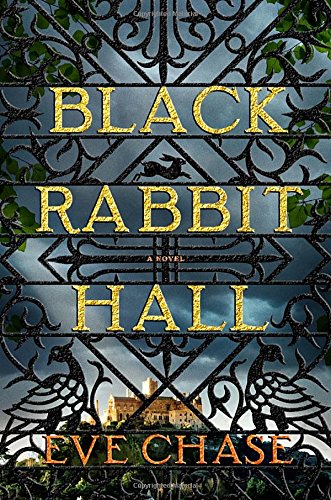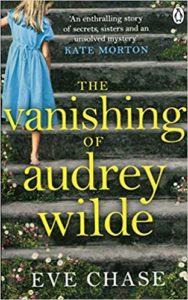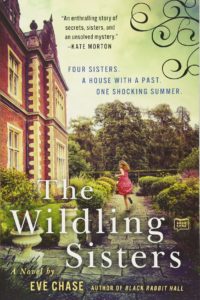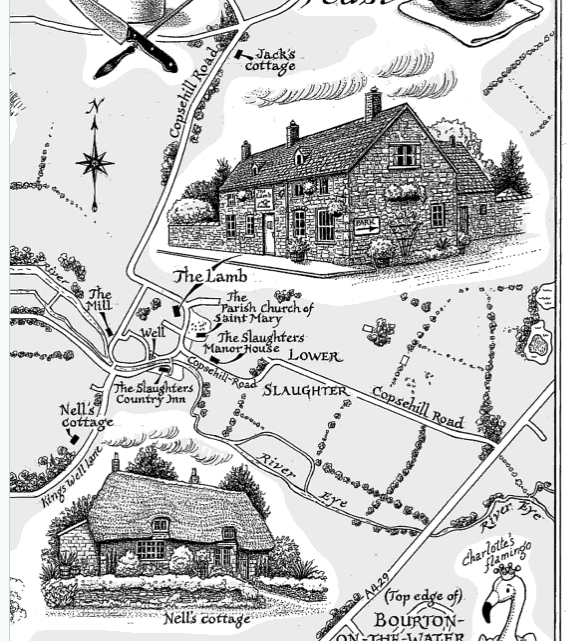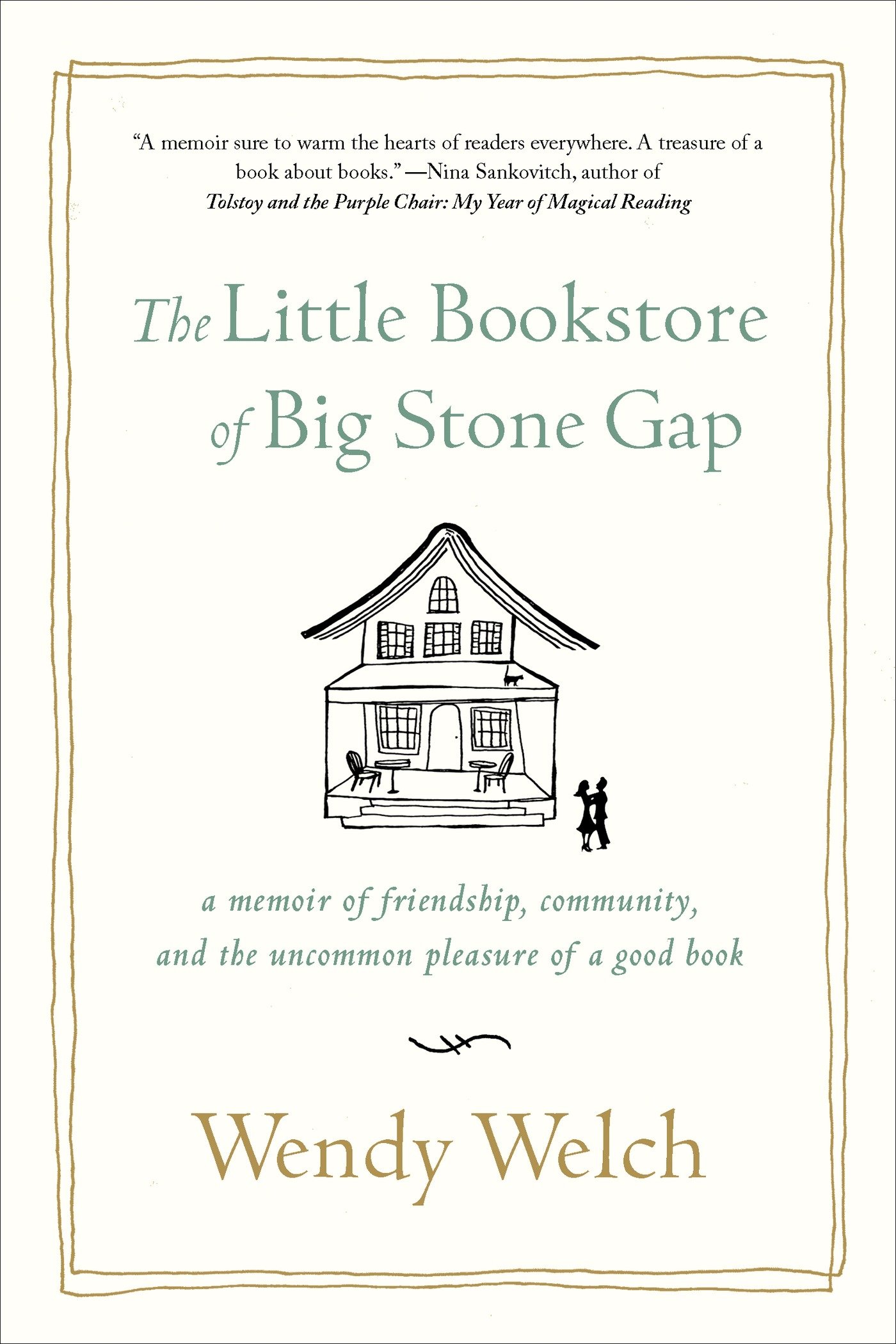A Better Man by Louise Penny
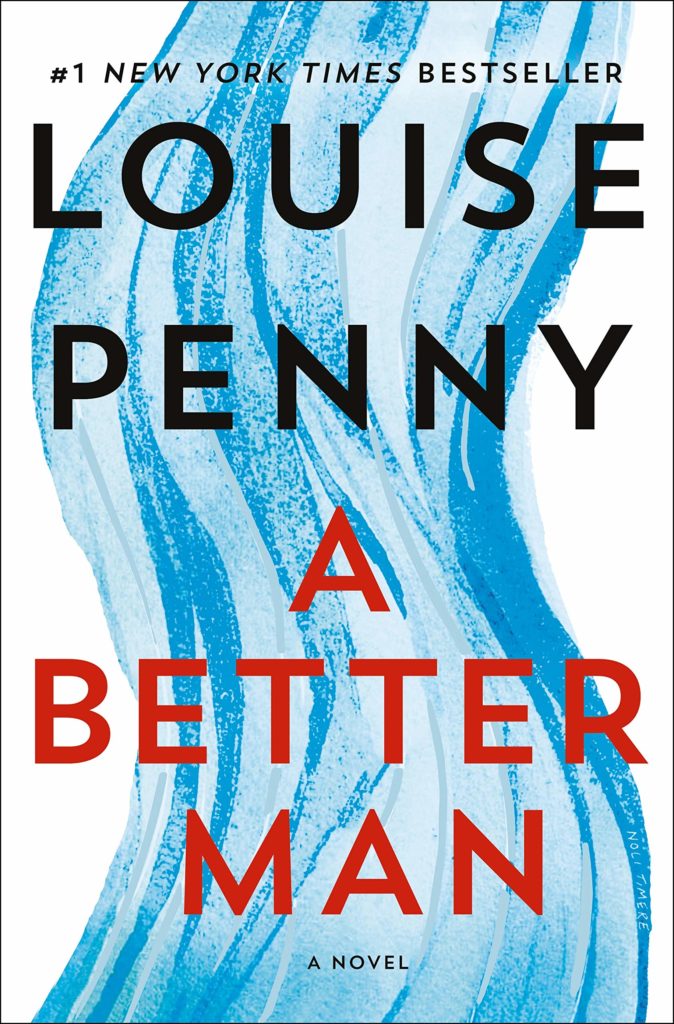
A Better Man is the latest installment in Ms. Penny’s bestselling mystery series. If by chance, you’ve been banished in Siberia and aren’t aware of this series, please drop everything and start with her first Still Life – you should read them in order.
Don’t start with this one as you’ll just get confused. A Better Man, uses many references from her previous novels.
It’s Gamache’s first day back as head of the Surete’s homicide department, a job he temporarily shares with his second-in-command, and son-in-law, Jean-Guy Beauvoir. There’s massive flooding in Quebec and the mystery begins when a father reports his daughter missing. Sadly, the daughter is found dead in the flood waters and it becomes clear that she had been abused by her husband and was also pregnant. So, of course the main suspect is this abusive husband…but perhaps not.
Ms. Penny takes us through plot twists and sub plots, scattering suspects as we go along. There are surprising dynamics that lead to the crime(s) committed here — from the psychology of spousal abuse — to the Surete’s highly questionable manipulation of a suspect’s social media account.
I always look forward to the cozy time back in the village of Three Pines, where the characters (and the reader) can gather sustenance from the community. But we only get short respites in the village and its characters. Clara deals with harsh critique of her latest art — all brutally served up via social media. Ruth meddles where she shouldn’t and Myrna has a sweetheart.
I will take a short break here to quote the New York Times on this book:
“a constantly surprising series that deepens and darkens as it evolves”
And there it is – A Better Man (like her previous two installments) is deeper and darker and for this reader that takes some getting used to.
Ms. Penny’s still writes beautifully and deftly takes the story in multiple directions, always building the tension. But it is darker world for Three Pines and our beloved characters.
Spousal abuse is only part of the dark story — Gamache’s past still haunts him and his career. Social media is used to hurt and maim. Global warming is causing unprecedented flooding. And is Gamache or Jean Guy the better man?
Yes, the series is turning darker, more brooding, but perhaps just more reflective of today’s societal influences. I still maintain that Ms. Penny delivers some of the best mystery writing out there.
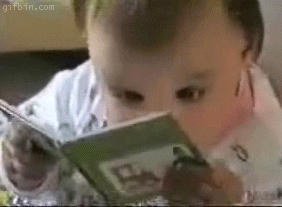
And, true to form I found myself furiously caught up in A Better Man with much late night page turning.
Ms. Penny, I’m your biggest fan.
Hopeful Thanksgiving
So a little story to tell. I was working at the bookstore yesterday and it was slow – being the day before Thanksgiving and all. When in came Penny (not her real name) and her stalwart mom. If you don’t remember Penny you can read about her HERE.
It was raining, and Penny had on a bright yellow rain slicker and red polka dot rain boots. She’s grown up since I last wrote about her…her hair is longer and she, of course, is taller – but she still has style.
She’s too old now for the children’s art class next door…she’s in school so I don’t see her as much. But her mom will occasionally bring her in after school gets out. Her mother explained that this was a school holiday but Penny insisted on coming in just to talk to me. Mom escaped to get a coffee and browse books on her own. I took a break and Penny and I sat down at one of our tables to chat.
Many months ago I had bought Penny a copy of The Secret Garden and gave it to her telling her it was one of my favorite books. Penny wanted to come in just to tell me she’d just finished it and how much she liked it. I asked her if it would be alright with her if I wrote up her review of The Secret Garden on my blog – she said yes. (Of course, Penny knew what a blog was. I was silly to ask. Even the very young know everything about computers and the internet it seems. Her mom is an occasional BookBarmy follower and said she will show this to her.)
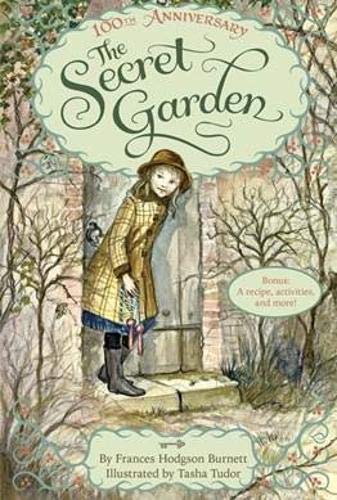
Penny’s Review of The Secret Garden
(I took notes, but this is a bit paraphrased)
It was a very long book with lots of chapters, but me and my Dad read a bit most every night and then I couldn’t wait, so I ended up reading the rest on my own. I didn’t like Mary at first because she was mean — Dad said it was because she was spoiled and used to her old home with servants.
But then she got nicer once she found the secret garden.
I really liked the secret garden behind a wall and how Dick (en) helped fix up the garden…and how all the animals love him. I also like when Mary and Dick (en) help the other boy (Colin) learn to walk in the garden and how they surprised everyone when he got out of his wheelchair. Mary ends up liking her Uncle and starts getting happy. I just really liked the story. It was a nicer story than Harry Potter which gets scary sometimes.
Then I asked her what she would say to end her review and she had to think for a bit–
(Penny’s quite serious when it comes to reading)
and she responded ~~ this part is verbatim
I think the book is full of hope. All through the book I was hoping that the garden grows back. I hoped that the boy in the wheelchair will walk again and that Mary will be happy.
There you go folks – out of the mouth of a special young girl – it’s all about Hope
Happy Hopeful Thanksgiving
Black Rabbit Hall by Eve Chase
I was sucked in by the blurb – as I am a big fan of Kate Morton
For fans of Kate Morton and Sarah Waters, here’s a magnetic debut novel of wrenching family secrets, forbidden love, and heartbreaking loss housed within the grand Gothic manor of Black Rabbit Hall.
Black Rabbit Hall is the Cornish county estate of the Alton family, who come every summer to get away from London. It’s the summer in the late 1960’s and American, Nancy Alton and her wealthy English husband are enjoying the summer with their four children. Teenager, Amber and her twin brother Toby are especially close and can read each others’ minds. One very happy family, until tragedy strikes. Soon the four Alton children are trying to find their way in the world after a tragic accident.
Forward in time to 30 years later, and Lorna is looking at wedding venues with her fiance Jon. She has a vague memory of visiting Black Rabbit Hall years ago with her mother. Lorna had read that Black Rabbit Hall was now a bed and breakfast. But, they discover in contrast to it’s glory days, Black Rabbit Hall is now run down and dilapidated. It is occupied by a cantankerous old woman who has secrets and a housekeeper who has lived her whole life in the mansion — setting the stage for this Gothic tale. Jon tries convince Lorna to forget about this creepy manor home, however, she’s obsessed with both the tragic history of the Alton’s and the feeling that she somehow fits into their story. What is it about Black Rabbit Hall that draws her?
I won’t reveal any more of the plot — no spoilers here. Just let me say these two crossing story-lines unwind to reveal twisty family secrets, tragic loss, betrayal, and illicit love.
Since this debut, Ms. Chase has written two other novels – both now on my TBR list.
A digital advanced readers copy of Black Rabbit Hall was kindly provided by via NetGalley.
A Bitter Feast by Deborah Crombie
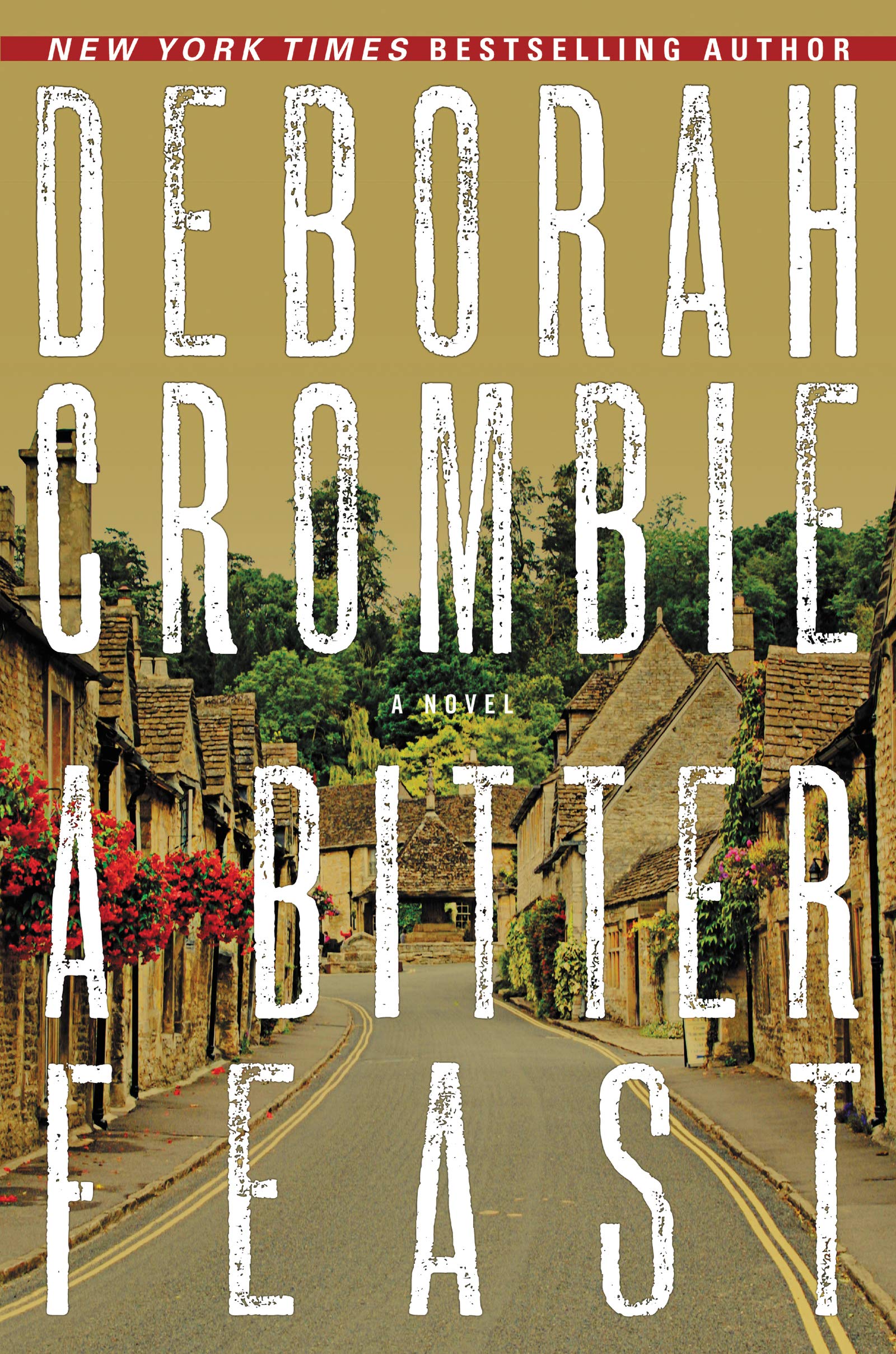 It’s a well known Book Barmy fact that Deborah Crombie writes one of my favorite mystery series. My gushing affection for her novels is documented in past posts HERE.
It’s a well known Book Barmy fact that Deborah Crombie writes one of my favorite mystery series. My gushing affection for her novels is documented in past posts HERE.
This rainy morning with a nice cup of tea, I finished the latest, just released series installment — A Bitter Feast.
As the book opens, Ms. Crombie takes the London-based police team of Duncan Kincaid and Gemma James on an idyllic escape to the English Cotswolds. With their children and fellow police detective, Doug, all are invited to spend a restful weekend in the village of Lower Slaughter.
A village called Slaughter? Well played Ms. Crombie — what could possibly go wrong? Actually it’s a double entendre — Slaughter comes from the Old English word ‘slothre’ meaning muddy place. Just part of the wonderfully sly writing style Ms. Crombie brings to all her books.
A Bitter Feast starts off slowly with all the elements of a cozy mystery – a picturesque village, a warm English pub, and the lovely manor house to which Melody has invited her fellow police crowd to stay for the weekend. The manor house has a spectacular garden, the pub boasts a wonderful chef, and there’s a sense of tranquility around Duncan and Gemma’s getaway to the Cotswolds.
But, as to be expected when there’s an assembly of police officers — their restful holiday soon goes awry
But, here’s what separates A Bitter Feast (and all Ms. Crombie’s novels) from traditional cozy mysteries — her sly (there’s that word again) introduction of simple details that become vital later in the story. Only later does the reader realize that clues were being scattered while the characters stroll in the garden or are enjoying a delicious meal.
As always, Ms. Crombie’s characters are well-developed, as they have been over the course of the series. All my favorite characters are here, I know them well. But interestingly, Ms. Crombie puts both Duncan and Gemma somewhat in the background (after all they’re on holiday remember?) and lets others to take the lead in the investigations of the crimes befalling Lower Slaughter. Melody’s upper class background comes into full spotlight as we are introduced to her titled parents and manor house. Especially interesting was to see Duncan’s 15 year old Kit acting well beyond his years and stepping into adulthood.
After the somewhat bleak tone of her previous novel, A Bitter Feast has a more cheerful atmosphere — the murders and poisonings notwithstanding. No seriously, it was lovely to join everyone at cozy pub in the evenings, to partake in a charity luncheon on the magnificent grounds of the manor house, and to look on as children played with dogs on the lawns.
But don’t be seduced by the lovely setting with its quaint cottages and gardens. There is always a overshadowing — a quaint and cheerful cottage during the daylight becomes creepy and sinister at night. A meticulously maintained showstopper garden could be the source for a poisonous substance. Nothing is as is a idyllic as it seems.
The food — oh did I mention the food? The f
So entranced by the setting, I Googled Lower Slaughter and here’s a video of its beauty HERE.
A Bitter Feast is a purely wonderful, chunky book and well worth buying in hardcover right now. As is custom, Ms. Crombie and her publishers include a hand drawn map of the setting on the flyleaf (hardcover only – worth the price alone). Here’s just a sample:
Now comes the hard part – waiting for the next one. 
Many thanks to Harper Collins for providing an advanced readers copy.
The Little Bookstore of Big Stone Gap
Wendy Welch and her Scottish husband, Jack Beck, impulsively bought a huge Victorian home in the town of Big Stone Gap, Virginia, with the intent of transforming it into a used bookstore.
Unfortunately, they had much working against them. Big Stone Gap is not exactly welcoming to strangers and its economically depressed state does not make it an ideal business location. Additionally it didn’t help that they lacked a business plan or even any books to start with.
The couple remained undaunted and The Little Bookstore recounts their struggles and experiences as they build their beloved used bookstore and a readers’ community around the store.
I’ve dreamed of it — My Very Own Bookstore, and appropriately, this book has lived on my shelf for years. I grabbed it to re-read, as I’m currently traveling in the area, and their Big Stone Gap, Virginia bookstore — called Lonesome Pine Used Books — is on my itinerary. (Have convinced Husband it will be a nice drive, we can stop for a nice lunch, and it’s really not at all out of the way. Husband nodded and remained silent — after 40 years, he’s on to me.)
But back to the book, The Little Bookstore is a pleasant, breezy memoir of opening a bookstore in a small town and working really hard, learning on the fly, and caring enough about books and people to go from newcomers (or ‘Come-from-Aways’) to an integral part of a community.
The author writes about the economically depressed area, the isolation of the community and especially how becoming part of such a community is sometimes hard work and sometimes serendipity.
Yet upon re-reading, I noticed that while Ms. Welch obviously has great heart — she loves her store, her books, and the many cats and dogs she rescues — yet, she sometimes treads into meanness with passive-aggressive observations about Big Stone Gap’s sometimes small-minded inhabitants. Perhaps this is due to the endless struggle the couple face as they try to make the bookstore a success both financially and socially.
That little niggle aside, this charming book is chocked full of little treasures of humor, social insight, literary observations, and an over-arching love of books and book people. Certainly a must-read memoir for anyone who ever dreamed of running a bookstore or just loves them.
My plans to visit Lonesome Pine Books, are in shatters. Sadly, Wendy and Jack closed it down in July. Sighh ~~here’s photo of the now-closed shop:
You can read more about Wendy, Jack and the bookstore on their blog HERE.
Another tidbit, Big Stone Gap is the hometown of the author, Adriana Trigiani, whose first novel novel of the same name was made into a film back in 2015. The bookstore makes a cameo appearance– Trailer HERE.
Downton Abbey ~ The Film
 Yes, I’ve done it. I’ve seen the Downton Abbey film — not once, but twice*
Yes, I’ve done it. I’ve seen the Downton Abbey film — not once, but twice*
And I have to tell you I thought it just wonderful.
It was just grand to see it on a big film screen.
A close-up view of the dresses (sigh),
the interiors (whoa),
and the table settings (gasp).
And, while there are several story lines to keep the viewer intrigued, Julian Fellows has made Downton Abbey, in all its splendor, the star of the film.
And what was most encouraging was that the film leaves room for another potential series (oh please, please).
But, if not, the film has tied things up beautifully.
I’m okay either way.
If you’re a fan of the Downton Abbey series, please go see this film – on the big screen.
* I was fortunate to be invited by two different groups of friends.


